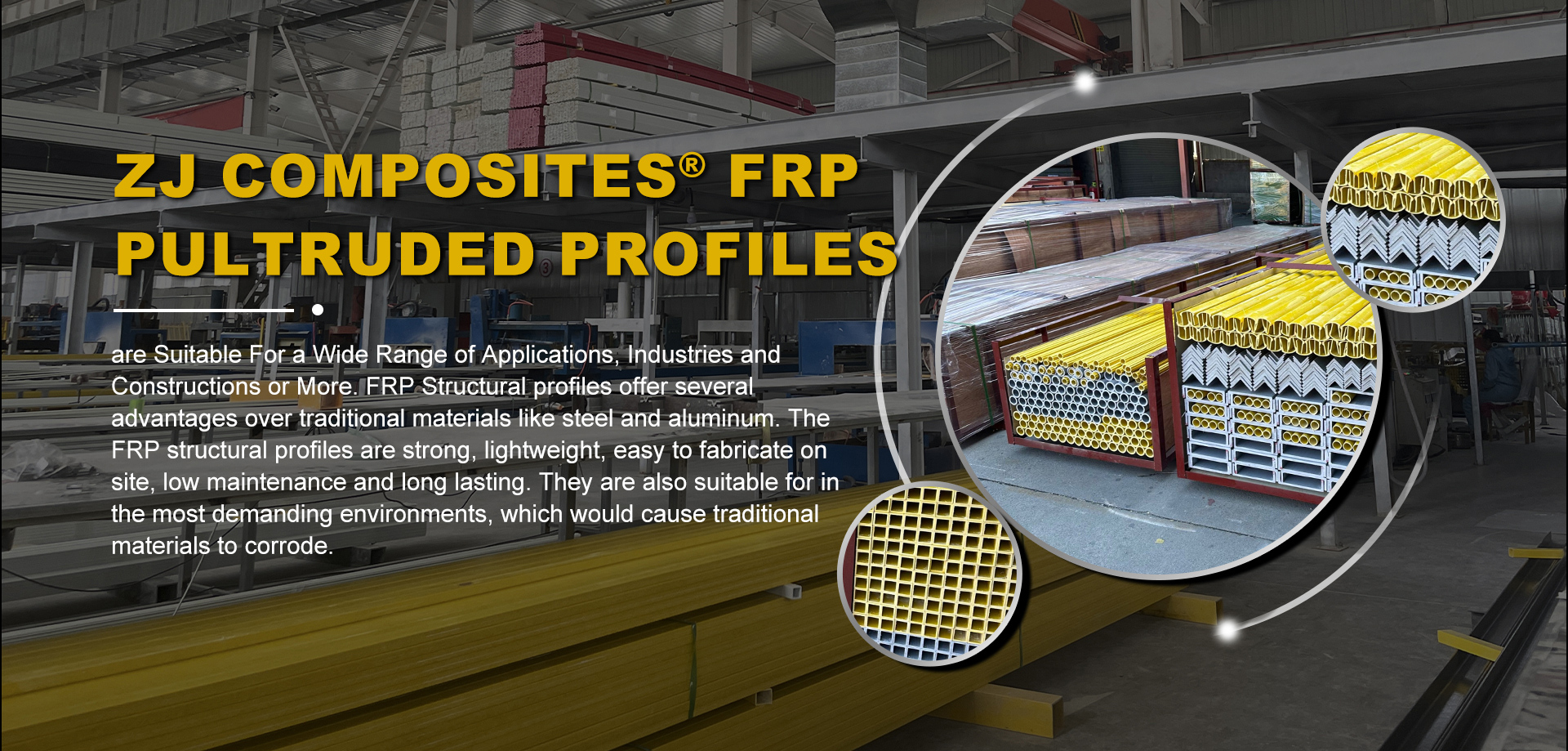loading...
- No. 9, Xingyuan South Street, Dongwaihuan Road, Zaoqiang County, Hengshui, Hebei, China
- admin@zjcomposites.com
- +86 15097380338
- Welcome to visit our website!
Exploring the Advantages and Applications of FRP Platform Grating in Modern Construction
Understanding FRP Platform Grating Benefits and Applications
FRP (Fiberglass Reinforced Polymer) platform grating is a versatile and innovative material used in various industrial and commercial applications. This composite material is made from a combination of fiberglass and resin, providing a unique balance of lightweight durability, corrosion resistance, and structural integrity. As industries progressively favor materials that are not only robust but also lightweight and resistant to environmental degradation, FRP platform grating has emerged as a preferred choice.
Characteristics of FRP Platform Grating
One of the primary advantages of FRP platform grating is its exceptional strength-to-weight ratio. Unlike traditional materials such as steel or aluminum, FRP grating is significantly lighter, which makes it easier to handle, transport, and install. Additionally, because it is non-metallic, FRP does not corrode or rust, allowing it to withstand harsh environments—including those found in chemical processing plants, water treatment facilities, and coastal areas. This resistance to corrosion not only prolongs the lifespan of the grating but also reduces maintenance costs, making it an economical choice in the long run.
FRP platform grating is also designed to provide a slip-resistant surface, which enhances safety for personnel working in industrial settings. The surface can be tailored with various textures and coatings to meet specific slip resistance requirements, ensuring compliance with safety standards. This feature is particularly crucial in applications where spills or wet conditions may pose risks.
Applications of FRP Platform Grating
The applications of FRP platform grating are vast and varied. In the industrial sector, it is commonly utilized for walkways, platforms, ladders, and stair treads. Its lightweight nature simplifies installation, making it an ideal solution for structures that require frequent assembly and disassembly. Moreover, its ability to support heavy loads while remaining lightweight makes it suitable for many transportation and logistical settings.
frp platform grating

In chemical processing and wastewater treatment, the non-corrosive properties of FRP make it an excellent fit where traditional materials may fail. It can be used in applications such as trenches, sumps, and containment areas where exposure to harsh chemicals is a concern. Furthermore, the high strength of FRP platform grating allows it to support heavy machinery and equipment while providing a safe working environment.
Another notable application for FRP platform grating is in the construction of pedestrian bridges and platforms. Its lightweight characteristics reduce the structural requirements for supporting beams, allowing for more efficient designs without compromising safety.
Sustainability and Environment
As environmental concerns continue to rise, the durability and longevity of FRP platform grating contribute positively to sustainability efforts. The extended life cycle of FRP reduces the need for frequent replacements, leading to less waste generated over time. Furthermore, the production of FRP can be optimized to minimize energy consumption, aligning with the goals of sustainable manufacturing practices.
Conclusion
In summary, FRP platform grating offers numerous benefits that make it an optimal choice for various applications across countless industries. From its lightweight, corrosion-resistant properties to its enhanced safety features, FRP grating stands out as a modern solution to traditional material limitations. As industries continue to seek innovative materials that fulfill their operational needs while also advancing sustainability, FRP platform grating is poised to grow in popularity and use. Whether in industrial settings or architectural applications, it represents the future of efficient, functional, and environmentally conscious design in material technology.
-
GRP Structures: The Future of Lightweight, High-Performance EngineeringNewsJun.20,2025
-
FRP Water Tank: High-Performance Storage for Corrosive and Clean Water SystemsNewsJun.20,2025
-
FRP Square Tube: The New Industry Standard for Chemical and Structural ApplicationsNewsJun.20,2025
-
FRP Pultruded Profiles: The Ultimate Choice for Lightweight Structural StrengthNewsJun.20,2025
-
FRP Handrails: The Safer, Smarter, and Stronger Choice for Modern InfrastructureNewsJun.20,2025
-
FRP Grating: The Smart Solution for Durable, Lightweight Industrial FlooringNewsJun.20,2025
-
Why Choose a Galvanized Water Tank for Your Storage NeedsNewsMay.21,2025
